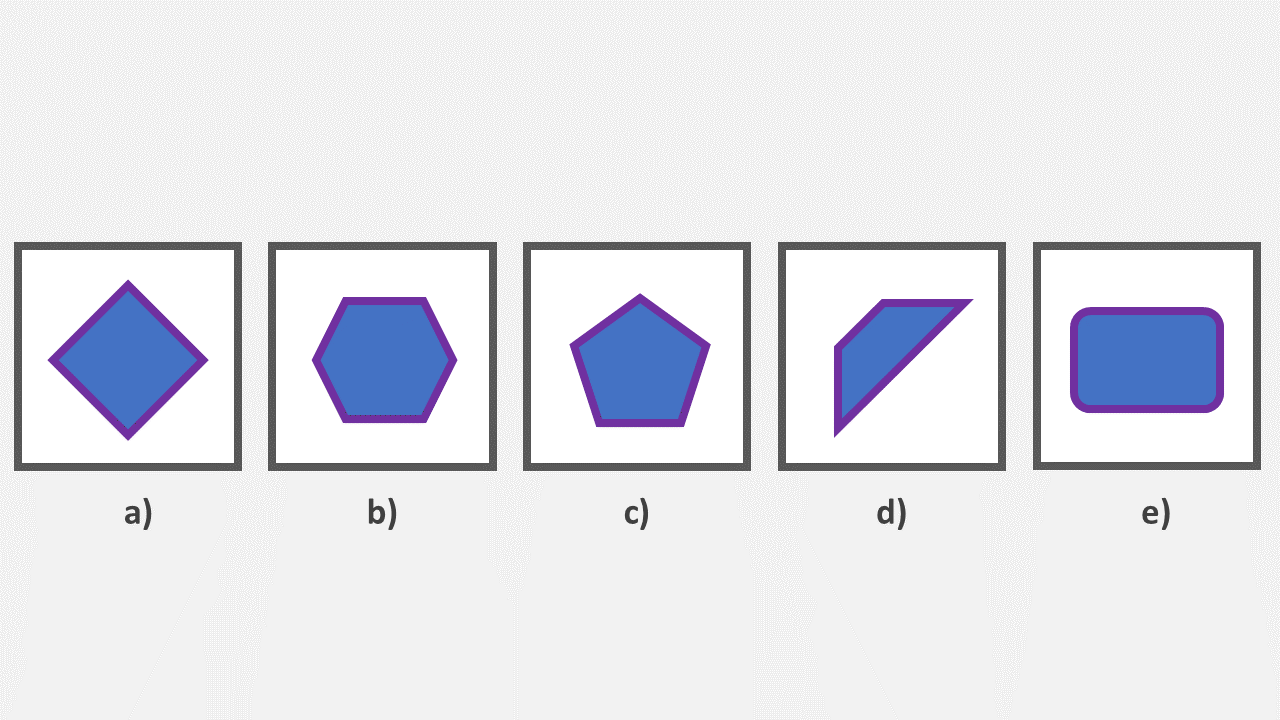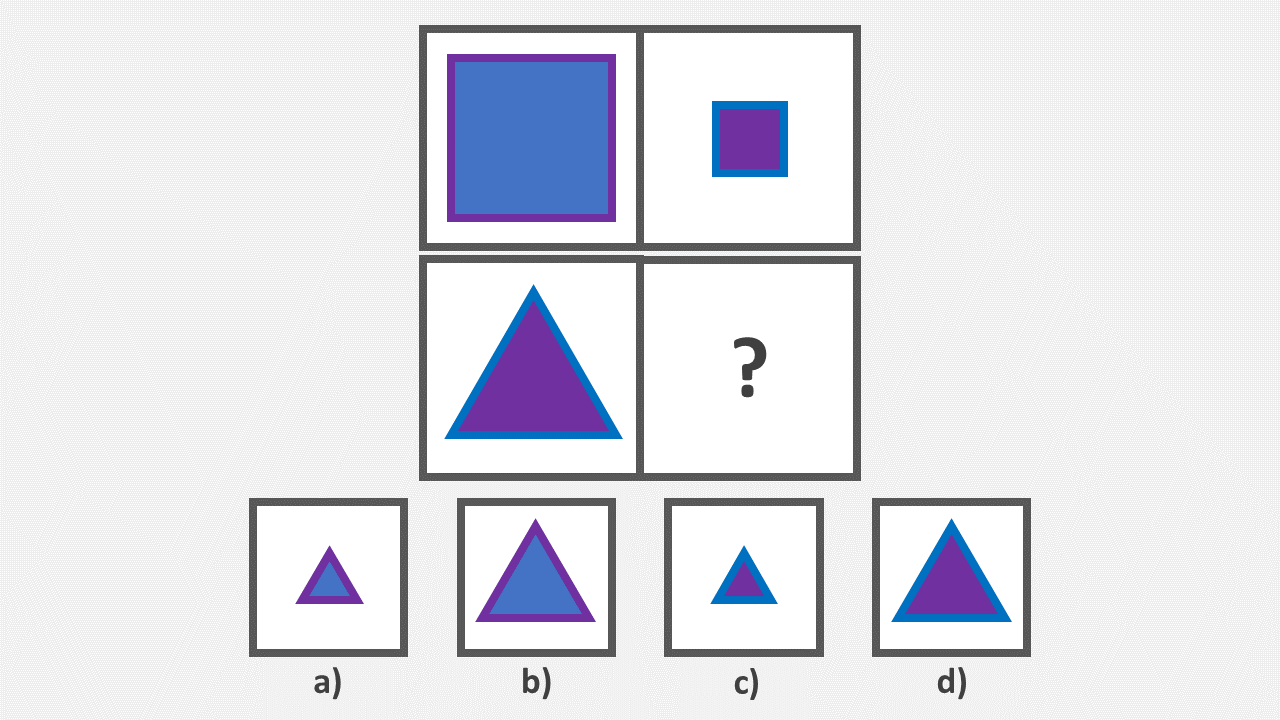How to Pass the Year 7 CAT4 Level D Test in 2025: Guide and Tips
Updated July 16, 2024
What Is the CAT4 Level D Test for Year 7?
The Cognitive Abilities Test, or CAT4, is an assessment taken by students aged 6 to 17 in the United Kingdom and Republic of Ireland to access the child’s potential.
It provides an accurate insight into a student’s learning capability and academic potential. The CAT4 is an important test, as the results enable teachers to understand how pupils learn and decide if additional support is needed.
There are 12 levels of the CAT4 test, with each level designed for a specific age group, and goes from Level A up to Level G.
The Level D test is generally taken by pupils aged between 10 and 12 – or Year 7 in the UK.
What Does the Year 7 CAT4 Level D Test Contain?
The multiple-choice CAT4 consists of the four sections, each containing two short tests:
- Verbal reasoning – This battery covers verbal classification and verbal analogies.
- Quantitative reasoning – This section tests candidates on number analogies and number series.
- Non-verbal reasoning – Questions cover figure classification and figure matrices.
- Spatial ability – This section consists of figure analysis and figure recognition.
Practice Cat4 Level D with TestHQ
These eight short tests are categorised into three parts:
CAT4 Level D Part 1
- Figure Classification: 24 questions, 10 minutes
- Figure Matrices: 24 questions, 10 minutes
CAT4 Level D Part 2
- Verbal Classification: 24 questions, 8 minutes
- Verbal Analogies: 24 questions, 8 minutes
- Number Analogies: 18 questions, 10 minutes
CAT4 Level D Part 3
- Number Series: 18 questions, 8 minutes
- Figure Analysis: 18 questions, 9 minutes
- Figure Recognition: 18 questions, 9 minutes
Understanding the types of questions that are asked in each part can help pupils feel at ease. Let's take a look at some example questions.
CAT4 Level D Verbal Reasoning
This section assesses pupils’ understanding of written words and accesses their verbal reasoning ability.
This battery covers verbal classification and verbal analogies in part two of the test. To help you prepare for the test, here are a few CAT4 Level D sample questions.
CAT4 Level D Verbal Classification Example Question
Candidates are presented with three words. They must choose, from five possible options, the one word that shares the same meaning as the three words.
From the five options, choose the word that has the same meaning as these words below:
Grateful, Appreciative, Obligated
a) Churlish
b) Indebted
c) Crass
d) Truculent
e) Fractious
CAT4 Level D Verbal Analogies Example Question
The verbal analogies section also focuses on the meaning of words. It measures pupils’ ability to select a word based on its relationship with other words.
Below is to above as vertical is to ?
a) Up
b) Down
c) Horizontal
d) Diagonal
If you want 12-month access to all the practice resources for this test, our partner TestHA offers a Premium Membership.
Family Membership gives you access to all the TestHQ resources for the next 12 months. You will also get two separate accounts, which can be very helpful if you have two children preparing for their tests.
Get a Premium Membership with 12-month access
CAT4 Level D Quantitative Reasoning
This section tests candidates on number analogies and number series.
CAT4 Level D Number Analogies Example Question
Number analogies questions – which sit in part two of the test – are similar to the format of verbal analogy questions. They require pupils to determine the relationship between numbers in the same way they do for words.
These questions are presented in the format of A → B : C → ?.
They ask you to fill in the missing gap.
In this part, you will be given the value of A, B and C.
The key to answering number analogies questions is to follow these steps. First, look at the numbers of A and B.
Essentially, this part of the question has been answered for you, enabling you to gather information such as sums, squares and the relationship between the pair of numbers. You can use this information of rules, relations and formulas to solve the rest of the question.
In the example below, you need to figure out which of the five options share the same connection as 4 and 14.
4 : 14 :: 12 : ?
a) 130
b) 22
c) 46
d) 394
e) 568
CAT4 Level D Number Series Example Question
In the number series part of the CAT4 Level D exam, pupils are presented with a series of numbers that have a certain progression rule.
For this section, the student must identify the rule and choose the next number in the sequence out of five possible answers.
Look at this series of numbers:
8, 11, 9, 12, 10, ___
What is the next number in the sequence?
a) 11
b) 13
c) 9
d) 14
e) 8

CAT4 Level D Non-Verbal Reasoning
The non-verbal reasoning section focuses on problem-solving using shapes and diagrams.
This area tests students’ ability to reason with material that is non-verbal, rather than words or numbers. This section includes questions on figure classification and figure matrices, which feature in part one of the CAT4 Level D assessment.
CAT4 Level D Figure Classification Example Question
Figure classification questions present pupils with three shapes that share a characteristic or conceptual link. Candidates are asked to choose one of five answers that describes what the shapes have in common.

Choose the figure that is the odd one out.
CAT4 Level D Figure Matrices Example Question
The figure matrices part of this section will present a matrix of four boxes. The two top boxes and first bottom box contain a shape, leaving the fourth box empty.
Pupils are asked to recognize the connection between the two top boxes and apply this logic to the bottom row to fill the fourth box.
The below matrix features three shapes. Which of these shapes can fill the missing fourth space?

CAT4 Level D Spatial Ability
The two batteries of spatial ability – figure analysis and figure recognition – are included in part three of the CAT4 Level 4 assessment. These questions measure a pupil’s ability to hold and manipulate an image in their mind.
CAT4 Level D Figure Analysis Example Question
Figure analysis questions show pictures of pieces of paper that have been folded several times and punched with holes.
The five answer choices show unfolded papers that have been punched with holes. Pupils are asked to determine which of the five choices is the same as the folded paper in the picture.
Looking at the folded paper below, choose which option represents how the hole-punched paper would look once unfolded.
The arrow on the unfolded sheet shows the direction that the paper was folded.
The grey holes represent the punches in the paper.

CAT4 Level D Figure Recognition Example Question
The second part of the spatial ability battery is figure recognition. In this section, pupils are given a target shape that is hidden in bigger pictures of multiple shapes.
Candidates must identify which picture contains the target shape. Note that the hidden image will be the exact same size, shape and orientation as the target shape.
1. Below is your target shape. Which of the following five options contains this shape?

How to Prepare for the Year 7 CAT4 Level D Test
To prepare for the CAT4 Level D test, here are some general tips:
Step 1. Familiarize Yourself with the Test Format
Understand the structure and content of the CAT4 Level D test. It typically includes sections on verbal reasoning, non-verbal reasoning, quantitative reasoning and spatial reasoning.
Step 2. Practice Sample Questions
Obtain sample CAT4 practice tests or previous papers and practice answering them. This CAT4 Level D practice will help you become familiar with the types of questions asked and the time constraints.
Step 3. Enhance Your Verbal Reasoning Skills
Read widely and regularly to improve your vocabulary, comprehension, and verbal reasoning skills. Solve word puzzles, crosswords and quizzes to strengthen your language abilities. Utilize practice questions.
Step 4. Develop Non-Verbal Reasoning Skills
Non-verbal reasoning questions often involve identifying patterns, sequences and relationships. Practice solving puzzles, visual problems and pattern recognition exercises to enhance your non-verbal reasoning abilities.
Step 5. Strengthen Quantitative Reasoning
Work on improving your mathematical skills, including topics like arithmetic, algebra, geometry and data interpretation. Solve math problems and practice mental calculations to boost your quantitative reasoning skills.
Step 6. Enhance Spatial Ability
Spatial ability questions require understanding and manipulating visual information. Practice tasks that involve mental rotation, shape recognition and spatial visualization.
Step 7. Time Management
CAT4 tests are timed, so practice answering questions within the allocated time limits. Develop strategies to manage your time effectively during the test.
Step 8. Simulate Test Conditions
Prior to the actual test, create a test-like environment during your practice sessions. Sit in a quiet place, time yourself, and use only the resources allowed during the actual test.
Step 9. Review Your Performance
After completing practice tests, review your answers, identify areas of improvement and work on weak areas.
Step 10. Stay Calm and Rest
Ensure you get enough sleep before the test day. Stay calm and confident during the test to perform at your best.
How Is the CAT4 Level D Scored?
After taking the CAT4 Level D test, a pupil’s score is initially calculated as a raw score made up of the number of questions with correct answers.
Results are then interpreted in comparison with a national percentile score relating to children of a similar age and sitting the same CAT4 Level D test.
The analysis of raw CAT4 scores plus the pupils' age CAT4 results in a series of ‘normative scores’. Three types of normative scores are provided to interpret pupils’ CAT4 performance. These test score variations are:
- Standard age scores (SAS) – Presented on a standardized scale where the average for each age group is 100 and standard deviation is 15
- National percentile rank (NPR) – The proportion of same-aged students who have scored the same as or below the student in question
- Stanines (ST) – A standardized score scale divided into nine bands and used to report test results that are easy to understand and interpret
Practice Cat4 Level D with TestHQ
How to Pass the CAT4 Level D in 2025
To familiarize your child with the format of the test, you can find CAT4 Level D tests online that should alleviate nerves.
Alongside practice CAT4 Level D tests, you can encourage logical and lateral thinking by incorporating fun activities into your child’s routine.
Here are some of our top tips for helping your child prepare for CAT4 Level D:
Step 1. Have a New Word of the Day Every Day
Encouraging your child to broaden their vocabulary can help strengthen their verbal reasoning. How about setting your child a challenge to go and find the meaning of a word by the end of the day?
As the task gets more familiar, you can urge them to also research synonyms and antonyms to increase their understanding of word relationships.
Step 2. Play Word Games Like Scrabble
The best way to learn is through games. Set up a Scrabble board and let your child learn new words with some help from their imagination.
Giving them a reward for words over six letters could encourage them to begin looking out for more complex vocabulary at home and school.
Step 3. Use Jigsaw Apps
Jigsaws are great fun for all the family, as they allow you to assemble small pieces to see the bigger picture.
Practicing these puzzles with your child can strengthen their ability to spot missing elements quickly and accurately, a skill that will be very useful for the non-verbal reasoning part of the CAT4.
Step 4. Play Tetris-Style Games to Improve Shape Manipulation
Give your child an insight into this classic game and show them how to become a Tetris champion, all the while helping them identify shapes of various sizes and orientations.
Being able to manipulate shapes is a crucial skill for the spatial ability section of the assessment.
Step 5. Promote Good Sleep
Sleep is where all of this new knowledge is consolidated in your child’s brain, so ensure they are getting around 10 hours of sleep each night.
Final Thoughts
This is a big age, and the test can be intimidating, particularly if your child is starting a new school, meeting new friends.
Try to not emphasize the examination element of the CAT4. By familiarizing your child with the question sections through fun games and activities, you can help them shine and pass the CAT4 Level D assessment with flying colours.




